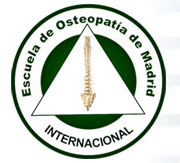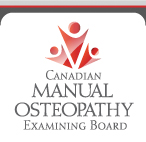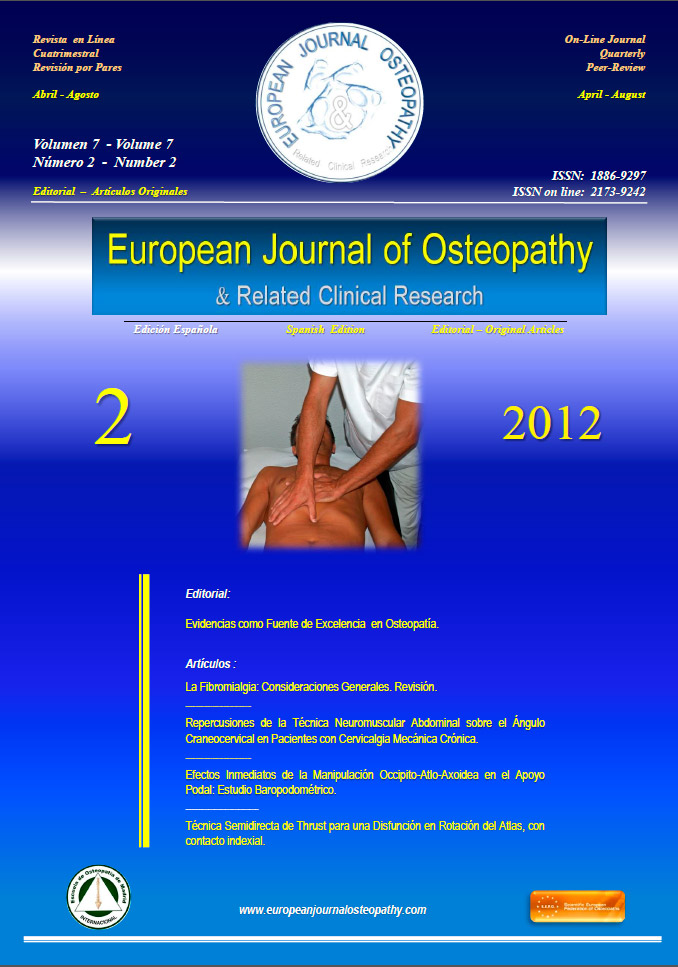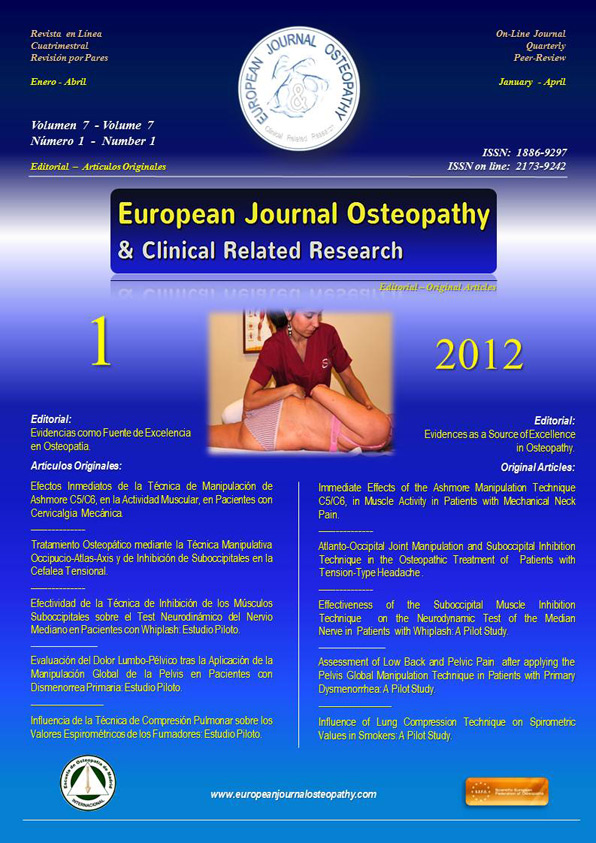by
Ray Bishop, Ph.D.
When a bodyworker outside my discipline hears the term "Rolfing" a whole set of impressions are brought to mind. Often these impressions are based on a highly distorted notion of the work, imagining it as a kind of intensively invasive assault to bring about structural reorganization. What most practitioners fail to consider is the key role of inner awareness and explorations of inner movement employed to help the client find new options for self-expression. One of the ways we accomplish this is through Rolfing movement, "the other Rolfing". Long-viewed as a softer, less rigorous step-child of Ida's more familiar "10 series", this discipline has gained in favor since Dr. Rolf's death, aided by the publications and teachings of people like Mary Bond, Gael Ohlgren and Vivian Jaye (the latter two were my most influential teachers during my basic training).
Rolf Movement Teachers use a variety of techniques to guide clients in explorations of their structural patterns. Information is gently elicited from the client by closely attending to verbal and autonomic cues, reflecting information back to client and encouraging her to explore images and internal sensations in greater detail. One of the keys to the success of the session is to allow the client's words and responses to dictate the session rather than directing the client to a predetermined "structural" goal. The guiding process is intuitive and passive, yet the underlying intent focuses on a specific structural theme. The traditional sequence of movement sessions parallels that of the ten series, with the movement series usually having a more improvisatory, client-directed orientation.
Many of the techniques Rolf Movement Teachers use derive from NLP (Neuro Linguistic Programming) developed in the 1960s by Bandler and Grinder. Their pioneering work in the use of physical cues to redirect behavior gained great interest in the 1970s, having applications in a wide variety of areas. Rather than reviewing basic theory, I would like to focus on a classification system which is central to their work. According to Bandler, there are three main "representational systems" employed by all people. They are: auditory, visual and kinesthetic. These can be determined by paying attention to a person's responses to specific questions. Auditory types uses words like: "hear", "resonate" or images like "that rings a bell". Visual types will use words like: "see", "show", or "look," "I see it this way!" Kinesthetics might use terms like "feel," "grasp," or "touch," "I grasp your meaning!"1 By attending to word choice, you can should your verb choice to match your client. Failure to do so, may cause miscommunication and discord. Bandler and Grinder also describe a process for matching eye movements with a preference for one of these modes of expression. For example visual images are accessed by eye movements to the upper right or left.2 Learning a repertoire of visual and kinesthetic cues is an essential element of mastering this transformational method.
Rather than slide down the slippery slope of enumerating techniques and attesting to their veracity, something Bandler and Grinder carefully avoid (they go so far as to say everything they say is a lie), let's consider how I might use this technique to structure a session. For the sake of argument, imagine that I have established that my client has serious respiratory problems and that she wishes to breathe more freely. Watching her breathe, I notice a lack of movement in her abdomen and that, when she breathes, she strains her upper chest like she is trying to lift it up from inside. My goal would be to explore that tight upper space and a secondary goal might be to bring the breath into the abdomen. I have her lay on the table and focus on the cycle of her breath, noticing where the breath is easiest and where it seems the most restricted. Once she has identified an area of restriction, I encourage her to explore that space internally, imagining that a small version of herself can actually walk around inside the space. At this point, I ask her to describe her internal experience and listen for key words about texture (kinesthetic), color (visual) or sound (auditory). Let's say that she experiences the restriction both kinesthetically (feels coarse and dense) and visually (I see dark brown ropes and black blobs).3 We now have two avenues of exploration.4 I send out a color probe into the restricted area, and see what transpires. As she describes the colors in more detail, I notice changes in respiration, neurological activity and eye movement. Assuming I am correct that this is her main mode of experience, I continue this avenue of exploration, diverging occasionally into the kinesthetic realm. Once this process seems complete, I shift gears.
I now offer a simple comparison and contrast. Something like: "Okay, now let's look at a place where the breath is much easier. Let's move to that place and notice how it looks different." Continuing the color imagery, I ask her to notice any differences in the color here. She observes that the color here is lighter, a warm red. There will also most likely be other kinesthetic differences as well which can be integrated later in the session. Once the contrast is established, we begin to create more ease in the restricted area. One way to do this might be to imagine the warm red slowly oozing from the area of ease to the area of restriction. Notice that the word choice is not strictly visual and allows us to interface with the secondary kinesthetic orientation. We proceed in this manner until some kind of resolution has occurred, a point at which the client's imagery has allowed her to "see" her breath differently from the inside and then "see" how it expresses itself in her external contour. Once this common language has been established with the client, we can work in other areas of the body, the feet, legs and hips, arms and core (or deep center of the body). The key to the success of the work is that the client feels change and has tools for continuous exploration and self-improvement, learning to "Rolfing themselves from the inside".
An ancillary question concerns the relevance of attributing specific symbolic meaning to colors that occur during the session. One way to test this is to consider the question of consistency in source material. In the hopes of establishing some consistency, I consulted a few sources for possible metaphorical meaning for the color red, mentioned above. For instance, In her discussion of red, Merivale provides several possible meanings. She begins: "Red is about energy. It is about our link to the earth." And then: "The process of birth is a red experience. Red is the first or base chakra." Later she says: "Physically, red is associated with adrenal glands." Describing the power of red she also says: "Red energy is an energy the tends to make us react."5 Another contemporary writer. Corinne Heline, distinguishes between scarlet which represents self will, bright brick red which represents anger and deep red mingled with brown which signifies sensuality. Elsewhere she links red with the element iron and the astrological signs Mars and Aries and deep reds with Scorpio.6 A former Rolfer and therapist, William Redpath summarizes red as follows: "The connections which come with red can be traditionally associative ones, such as blood, passion and inflammation. Sometimes entering the red will set off actual intensification of healing heat throughout some relevant, though rarely predictable part of the mindbody."7 While there are some obvious parallels between this source and Merivale's broader consideration, the range of meanings in these three sources seems disconcertingly diverse.
Faced with such an array of interpretations and accepting that subtle shades of red may have different meanings, we are left with the daunting task of cataloguing these interpretations and individually testing them with our clients, or abandoning the task as futile. It seems obvious that while these theories provide interesting suggestions which might guide us as we explore the color red with our client during a given session, over-reliance on any one interpretation could distort the client's experience. Rather, we should rely on the client's interpretations and expect that a given color may have different meanings not only between clients but even in the same session. Allowing the client absolute freedom to consider a symbol's significance is critical for true self-healing to take place.
My contention is that the techniques used in the Rolfing process are rich and diverse, ranging from direct myofascial manipulation to complex behavioral and psychological reading and redirecting. What determines the label "Rolfing" is how these techniques are organized and whether they fall within the parameters of the Rolfing matrix. There are as many ways to affect our clients as there are clients. The magic of Rolfing is that it can freely employ a panoply of gestures to promote greater ease and integration in all the client's systems.
Notes
1 Bandler, Richard & Grinder, John. frogs into PRINCES: Neuro Linguistic Programming. Edited by Steve Andreas (Moab, UT: Real People Press, 1979), pp. 14-15.
2. Bandler, pp. 24-26.
3. Mixing of types is universal, but, by closely attending, the therapist learns to identify the dominant type of processing and move from that type to any other to alter the outcome. For more on this process, see pp. 33-36ff.
4. For an example of a kinesthetic/visual approach to altering internal awareness, see Robert Masters Neurospeak. Transforms your Body, While You Read (Wheaton, IL: Quest, 1994). Of particular interest for structural body work, see Chapter 6 "Reorganizing the Body's Relationship to Gravity," pp. 33-34. "Your focus on your brain space can be easily maintained when you have the feeling that your eyes are looking up into your brain space and circling that space. You can have the feeling that your eyes are making horizontal circles ... You can also have the sense of breathing up into your brain space (italics mine)."
5. Merivale, Philippa. Healing with Color: An Experience in Aura-Soma. (Boston, MA: Element, 1998), pp. 54-57. For the entire discussion, see, pp. 54-65.
6. Heline, Corinne. Healing and Regeneration through Color 20th Printing (Marina Del Ray, CA: Devorss, 1995), p. 53 and p. 21.
7. Redpath, William M. Trauma Energetics: A Study of Held-Energy Systems (Lexington, MA: Barberry Press, 1995), p. 115.








 1:16
1:16
 Daniel Enriquez de Guevara
Daniel Enriquez de Guevara




























.jpg)






















0 comentarios :
Publicar un comentario